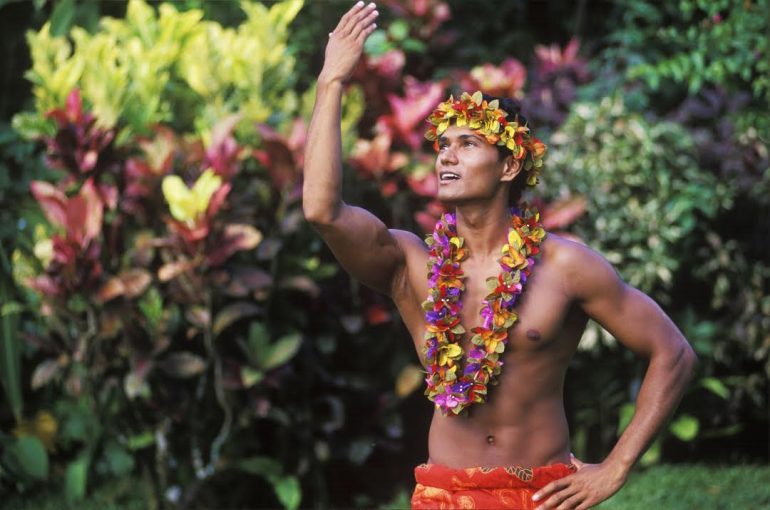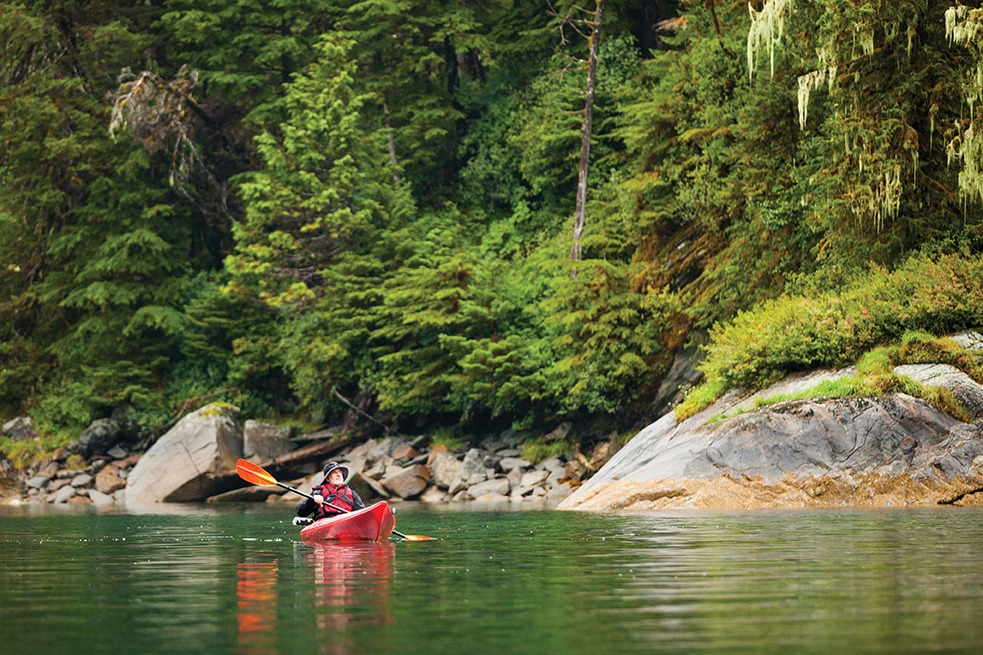
Five Faves: Saluting the First Nations
Porthole’s Five Faves
Saluting the First Nations
We kicked off the week with Indigenous Peoples’ Day, the annual recognition of the accomplishments and heritage of the first Americans. Some of their music, food, art forms, and history will seem familiar to seasoned cruisers, thanks to eye-opening excursions from Alaska to Hawaii and all across the Caribbean that celebrate indigenous peoples all year round. Here are five of our favorite First Nations experiences.
Hawaiian (Oahu)
The Aloha State takes a lot of pride in its pre-European heritage, from the beautiful hospitality of the lei to the totally awesome sport of surfing. Cruisers who call on Waikiki have an opportunity to plunge deeper into South Pacific heritage at the Polynesian Cultural Center, a 42-acre compound with six villages representing the cultures of Samoa, Tonga, Tahiti, the Marquesas, Fiji, Aotearoa (also known as New Zealand), and, of course, Hawaii. Immersive activities include outrigger canoe padding, intricate poi dancing, Samoan cooking, Tahitian spear throwing, and an award-winning Ali’i Luau buffet.
Taino (Samana)
You can find traces of the mighty Taino nation across the Bahamas, Puerto Rico, and Jamaica, but it’s the Dominican Republic that boasts the biggest historic park in the Caribbean. Visiting Taino Park is something like entering a tropical garden that’s also a life-sized outdoor diorama. Audio guides lead you through more than 25 displays re-creating the original lifestyle of the Taino, their conflict with the conquistadors, and their struggle with colonization. There’s also a comprehensive collection of Taino artworks and a shop selling locally made crafts.
Arawak (Barbuda)
The island of Antigua is famous for its beaches, but sister island Barbuda is just as famous for its caves. One of the easiest to visit is in Two Foot Bay National Park, a stunning natural area that once served as a thriving city for the Arawak people. Examine the walls of Indian Cave and you’ll see the only Arawak petroglyphs found in this Caribbean country. Climb up through the “roof” and you can take in a stunning view of the ocean, which leads experts to conclude that the Arawaks used the place as a lookout for trading canoes. The park is also packed with the natural bounty that made these islands a welcoming home to the Arawaks, with dozens of colorful bird species; immense, fragrant frangipani trees; red land crabs; barrel cactus; and sea grapes.
Garifuna (Roatan)
Honduras is home to one of the most unique cultures on the planet, the Garifuna, who trace their roots to a slave ship that wrecked on the island of St. Vincent in the 1700s. The West Africans who survived intermarried with the local Arawak and Carib population. Their descendants fought alongside the French against the British who seized control of the island. The Garifuna were exiled to the village of Punta Gorda, where they live today, speaking their own language, cooking authentic coconut milk-and-seafood tapado, hosting celebrations that feature traditional “Punta” dancing, and keeping alive a multi-ethnic heritage that combines elements of Carib, Arawak, and West African traditions.
Haida, Tlingit, Tsimshian (Ketchikan)
The most iconic symbol of Alaska is the totem pole, and some of the foremost examples of this indigenous storytelling sculpture can be found in Ketchikan’s Totem Bight State Historical Park. Three nations — the Haida, the Tlingit, and the Tsimshian — have created multistory wooden likenesses of animals, ancestors, and folk heroes in the Ketchikan area, and Totem Bight Park has restored 15 of them along with a traditional community clan house. Other beautiful examples of First Nations art are displayed in the city’s Totem Heritage Center, which also holds classes and craft nights for carving, basketry, weaving and regalia making, and teaches newcomers how to read the stories carved in the totem poles.
— Graham Beaton
Sign up for weekly cruise news, fun contests, and exclusive offers delivered right to your inbox!








